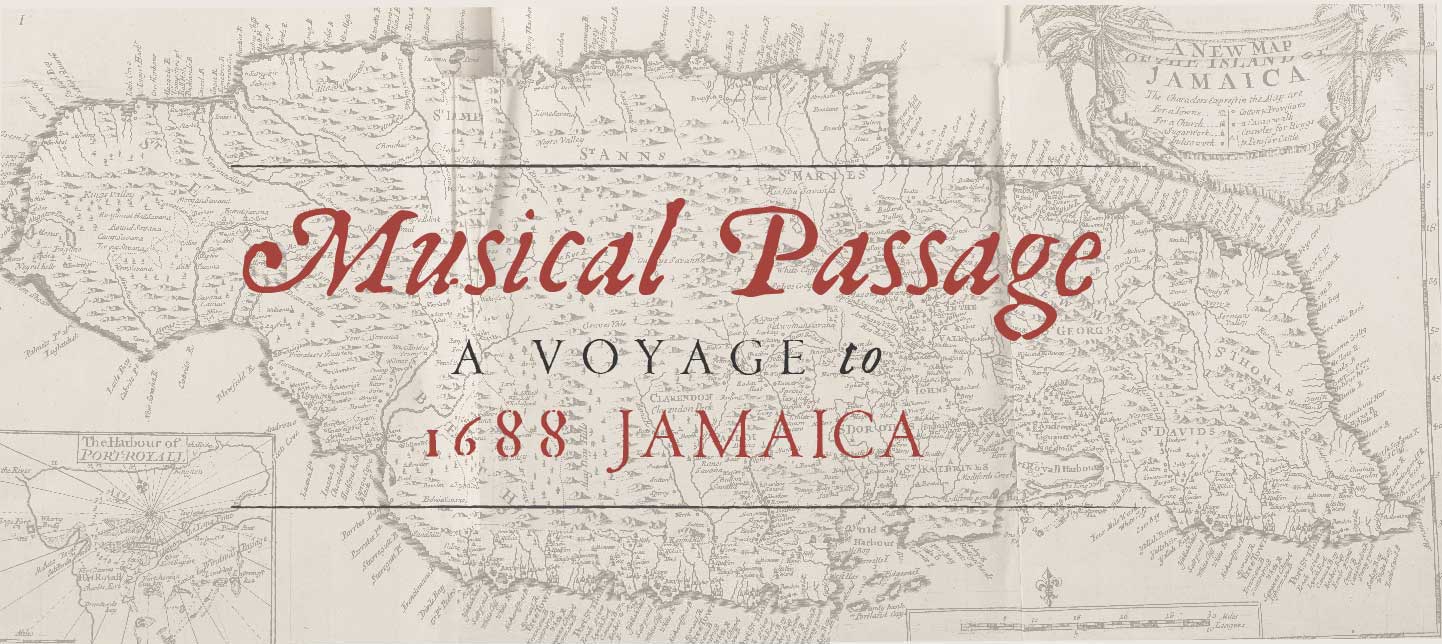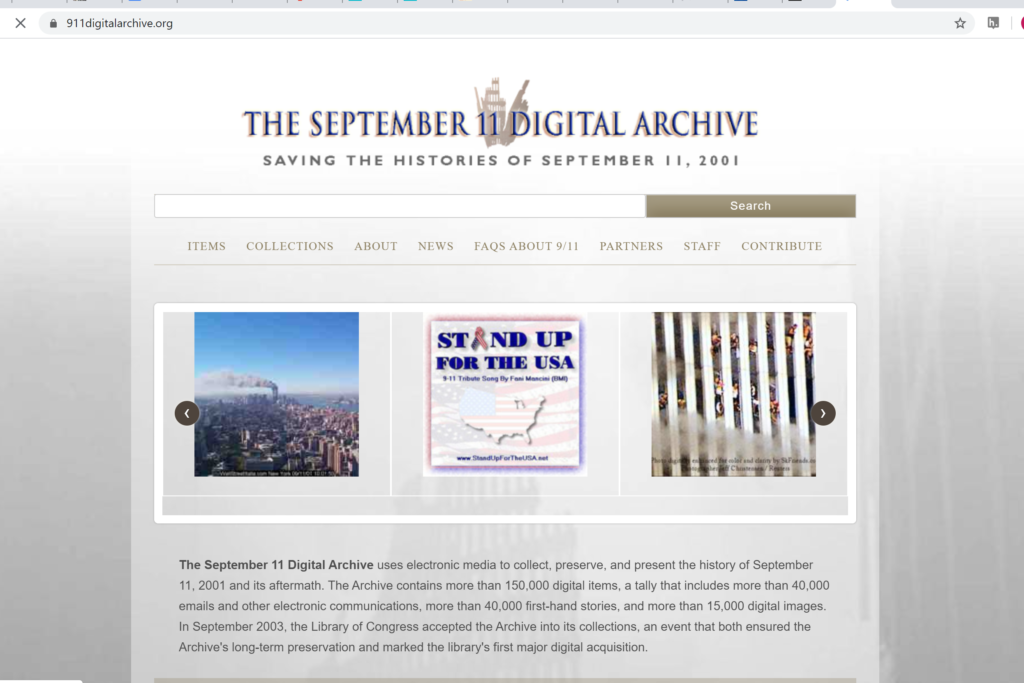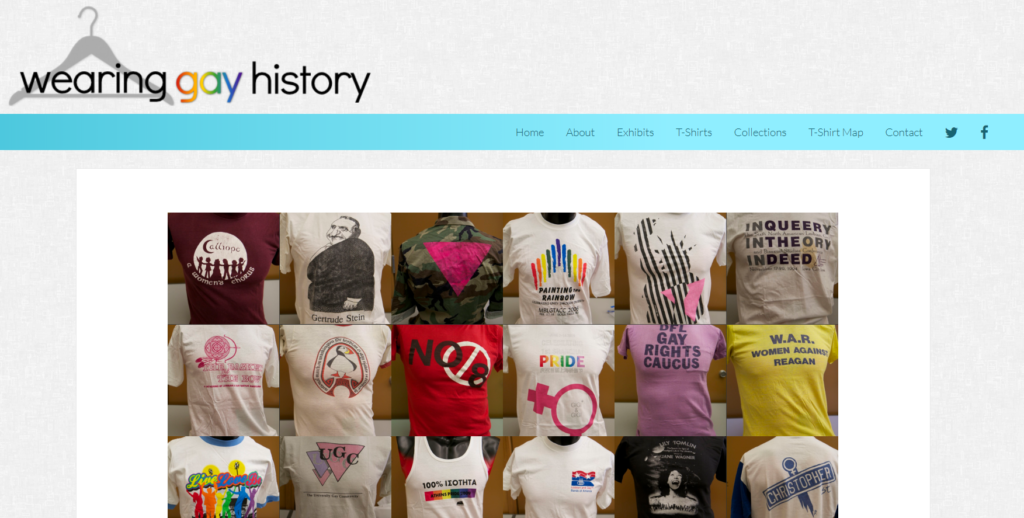Instagram for Museums https://digitalpathways.weareculture24.org.uk/instagram-for-museums/. Posted by Digital Pathways.
Social Media for Museums: An Overview https://digitalpathways.weareculture24.org.uk/social-media-overview/. Posted by Digital Pathways.
Should Museums Have a Personality https://medium.com/@RussellDornan/museumpersonality-87ab2112ee9e. By Russell Dornan.
The Ultimate Guide to Instagram Hashtags in 2020 https://via.hypothes.is/https://later.com/blog/ultimate-guide-to-using-instagram-hashtags/ By Benjamin Chacon.
This week’s readings provided a guide for strategizing how to transfer a museum’s image onto social media platforms. These authors interpret ‘image’ as a museum’s mission, the culture of the institution. With a focus on Instagram, these articles collectively offer a multilayered introduction to the many advantages of branding your organization on this platform. These readings brought forth some of the most fundamental lessons in public history in extending the ethics of traditional methods of community outreach, networking within the profession, and producing original work. Furthermore, these readings also capture the importance of using the platform to strengthen interpersonal relationships between the museum and the people they serve.
Instagram for Museums and Social Media for Museums: An Overview, both published on Digital Pathways (unknown individual author) serve as a more general overview for museum employees in taking the first step of starting an Instagram page. I felt that the objective of these two articles were to persuade museum employees to take the first step of signing up on this platforms. By breaking down Instagram’s usability and promotional advantages, these articles highlight Instagram as a simple, accessible, and effective tool for growing a museum’s community. ‘Community’ refers to the professional and local community of which museums are situated in. One thing that I really like from Social Media for Museums: An Overview is the attention to audience and inclusivity. I think it’s important to highlight the history of exclusion of certain demographic groups, and to recognize the outreach that could be achieved through social media.
Russell Dornan’s Should Museums Have a Personality and Benjamin Chacon’s The Ultimate Guide to Instagram Hashtags in 2020 provide more minute details for maintaining your museum’s Instagram profile. Dornan, I feel, focuses more on the creativity aspect of producing content and writing captions across various social media platforms. I think this article serves as a lesson in consistency and appropriate language. Two very important factors in conducting public history that are applicable to digital platforms. Chacon’s article, on the other hand, is a more analytical approach to using Instagram to grow your following. Chacon offers probably the most ‘advanced’ or in depth approach to growing your following, and keeping track of your museum’s social media activity. I really like how Chacon pulls back the curtain of average Instagram posts and captions to dissect how to take advantage of Instagram’s algorithm. Both of these authors do a very good job at providing an example of each of their methods. These authors provide readers with a new perspective to the simplest functions by sharing their approach for using the most common features across social media (Twitter threads, the explore page, hashtags, etc). I think this makes readers feel that they too can maintain an effective profile.
I really like how all four authors stress that social media is not just about marketing. Each article highlights that maintaining an element of ‘fun’ in effort to ‘humanize’ museums, and maintain memorable social media presence. Each article recognizes that there are actual people behind the accounts that follow, or could potentially follow, the museum. While social media is great for establishing first impressions, this activity should continue this effort with real world interactions.



